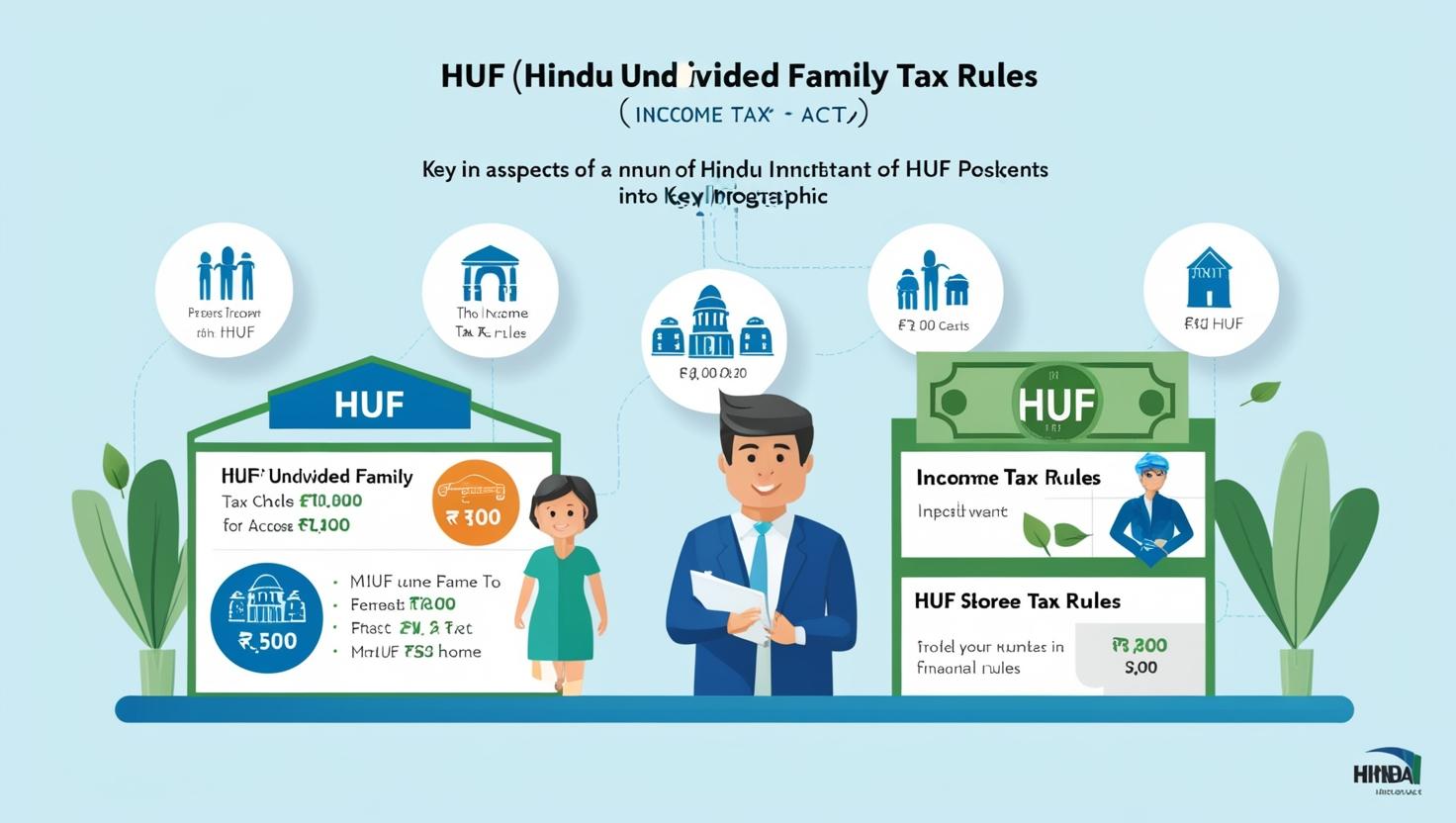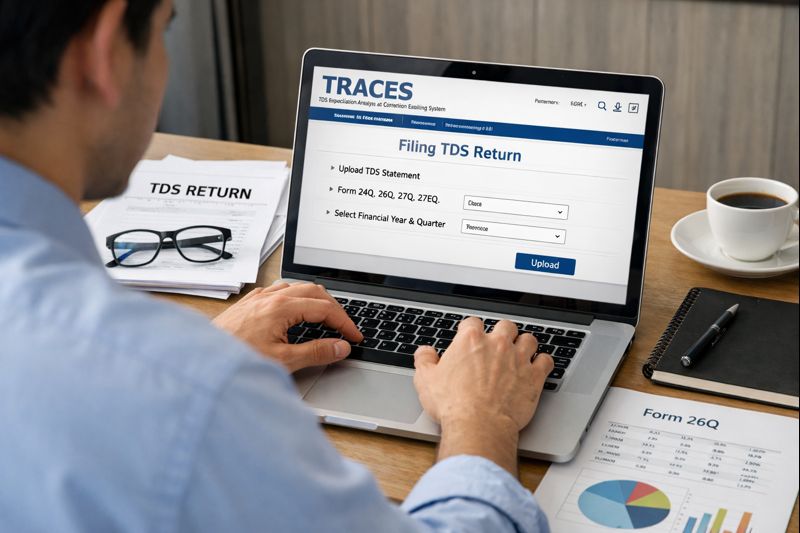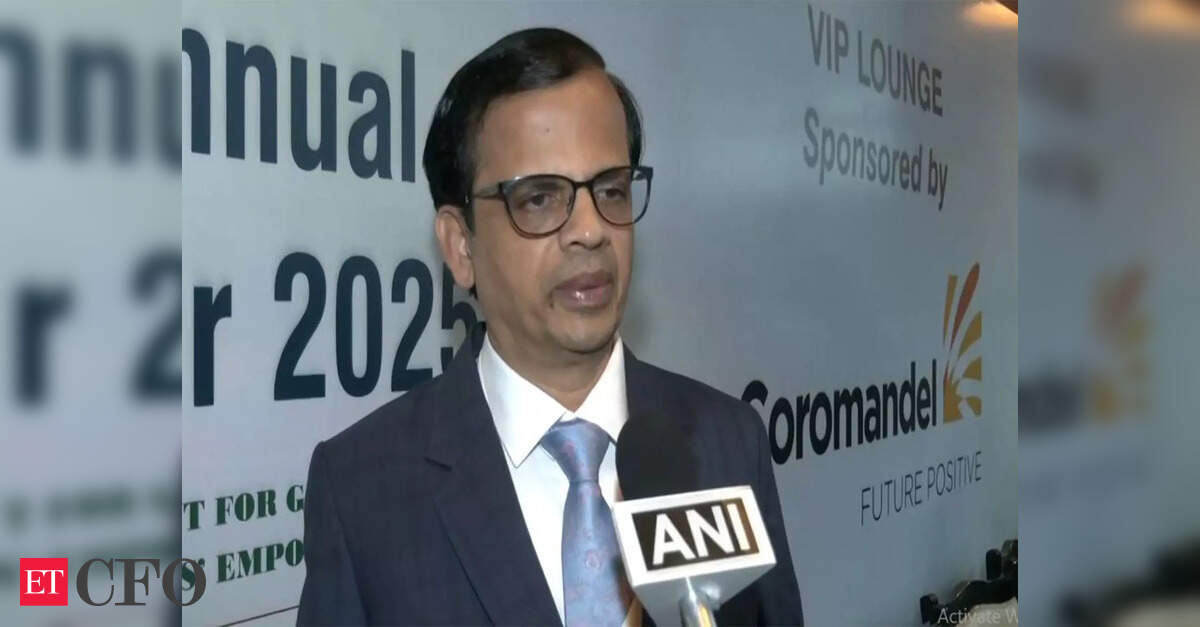A Hindu Undivided Family (HUF) is a unique entity under Indian tax laws, which is recognized as a separate taxable unit. The tax liability of an HUF is determined based on its residential status and the income it generates under various heads. The taxation of an HUF involves distinct rules regarding income computation, deductions, exemptions, and alternative minimum tax (AMT). This article explains the tax treatment of HUFs as per the Finance (No. 2) Act, 2024.
Determination of Residential Status
The residential status of an HUF is based on the control and management of its affairs and the residential status of the Karta (head of the family). An HUF can be:
- Resident in India
- Ordinarily Resident: If the Karta has been a resident in India for 2 out of 10 preceding years and has stayed in India for 730 days or more in the last 7 years.
- Not Ordinarily Resident: If the Karta does not satisfy both conditions.
- Non-Resident in India: If the control and management are situated wholly outside India.
Taxability Based on Residential Status:
- Resident HUF: Taxable on its global income.
- Non-Resident HUF: Taxable only on income that is accrued, received, or deemed to be received in India.
Computation of Total Income
HUF income is classified under four heads:
- Income from House Property
- Profits and Gains from Business or Profession
- Capital Gains
- Income from Other Sources
The total income is computed after adjusting clubbed income, set-off and carry forward of losses, and deductions under Chapter VI-A.
Clubbing of Income
Certain incomes of members may be clubbed with the HUF’s income if they arise from the family’s assets. This includes:
- Income from assets transferred to the HUF without adequate consideration.
- Income from investments made using HUF’s funds.
Set-Off and Carry Forward of Losses
HUFs can set off losses:
- Intra-head adjustment (within the same income head).
- Inter-head adjustment (between different income heads).
- Carry forward of unadjusted losses to future years.
Taxation Under Normal and New Tax Regime
Tax Rates (Old Regime)
| Total Income (₹) | Tax Rate |
|---|---|
| Up to 2,50,000 | Nil |
| 2,50,001 – 5,00,000 | 5% |
| 5,00,001 – 10,00,000 | 20% |
| Above 10,00,000 | 30% |
Tax Rates (New Regime – Section 115BAC) – FY 2024-25
| Total Income (₹) | Tax Rate |
| Up to 3,00,000 | Nil |
| 3,00,001 – 7,00,000 | 5% |
| 7,00,001 – 10,00,000 | 10% |
| 10,00,001 – 12,00,000 | 15% |
| 12,00,001 – 15,00,000 | 20% |
| Above 15,00,000 | 30% |
Tax Rates (New Regime – Section 115BAC) – FY 2025-26
| Total Income (₹) | Tax Rate |
| Up to 4,00,000 | Nil |
| 4,00,001 – 8,00,000 | 5% |
| 8,00,001 – 12,00,000 | 10% |
| 12,00,001 – 16,00,000 | 15% |
| 16,00,001 – 20,00,000 | 20% |
| 20,00,001 – 24,00,000 | 25% |
| Above 24,00,000 | 30% |
Note: Rebate u/s 87A is not available for HUF
Important Note:
- The new tax regime (Section 115BAC) is now the default tax regime from AY 2024-25.
- HUFs can opt out of the new regime and continue with the old tax regime with deductions and exemptions.
Surcharge and Cess
| Income Range (₹) | Surcharge (Old Regime) | Surcharge (New Regime) |
| Up to 50 lakh | Nil | Nil |
| 50 lakh – 1 crore | 10% | 10% |
| 1 crore – 2 crore | 15% | 15% |
| 2 crore – 5 crore | 25% | 25% |
| Above 5 crore | 37% | 25% |
Health and Education Cess: An additional 4% is levied on the tax plus surcharge.
Alternative Minimum Tax (AMT) for HUFs
HUFs claiming certain deductions under Chapter VI-A, Section 10AA, or Section 35AD are subject to Alternative Minimum Tax (AMT):
- AMT applies if adjusted total income exceeds ₹20 lakh.
- Tax rate: 18.5% of adjusted total income (9% for IFSC units).
Taxation in Case of HUF Partition
Complete Partition
- Income for the pre-partition period is taxed as HUF income.
- Post-partition income is taxed in the hands of individual members.
Partial Partition
- Partial partition is not recognized for tax purposes after 31-12-1978.
- The HUF continues to be taxed on the undivided assets.
Conclusion
HUF taxation is a structured system offering benefits to Hindu families who manage joint assets and incomes. With the new tax regime becoming the default from AY 2024-25, HUFs must assess which regime is more beneficial based on their deductions and exemptions. Proper tax planning, especially concerning AMT applicability, set-off of losses, and clubbing provisions, can help optimize tax liability.
Understanding residential status, taxable heads of income, and applicable deductions is crucial for efficient HUF tax compliance and planning.
Visit www.cagurujiclasses.com for practical courses











